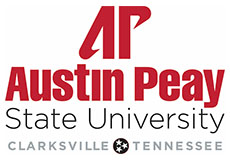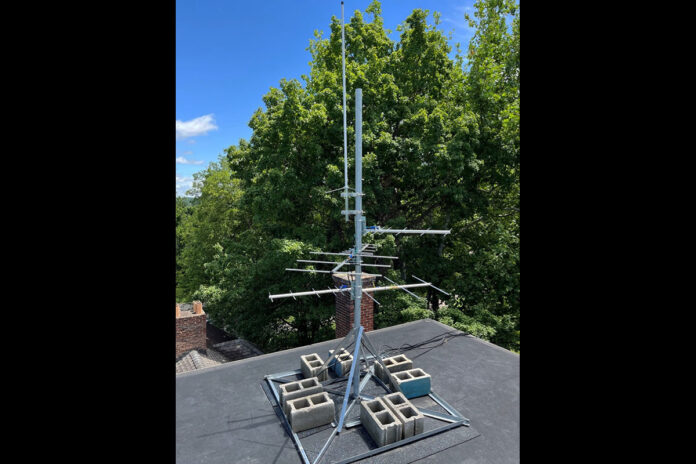 Clarksville, TN – The Austin Peay State University (APSU) new Motus wildlife tracking station has joined an international network of nearly 2,000 automated telemetry stations, revolutionizing animal movement research by tracking wildlife from birds and bats to reptiles and insects.
Clarksville, TN – The Austin Peay State University (APSU) new Motus wildlife tracking station has joined an international network of nearly 2,000 automated telemetry stations, revolutionizing animal movement research by tracking wildlife from birds and bats to reptiles and insects.
The station became fully operational in July 2024 with support from Austin Peay State University’s College of Science, Technology, Engineering and Mathematics (CoSTEM) and the Center of Excellence for Field Biology (CEFB).
Researchers can monitor and track individuals at previously unimaginable spatial scales by fitting animals with tiny radio transmitters — each tuned to a unique frequency.
“Using radio transmitters to study wildlife movements is a decades-old technique, but Motus takes things to a much higher level by automating the process and centralizing radiotag data for the entire network,” said Dr. Stefan Woltmann, CEFB’s director and one of its principal investigators. “This means that any tag registered with Motus can be picked up and identified by any other Motus station.”
The Motus network has allowed researchers to track individual birds across their entire migration paths, often across continents.

“It’s the collaborative nature of the Motus network that gives it its amazing power,” Woltmann said. “No one team of researchers could possibly build a network this large.”
Although documenting the cross-continental migration of birds is one of the Motus network’s major benefits, most stations are set up to monitor birds at the local or regional scales. In Tennessee, researchers at Warner Parks have set up stations to track the movements of locally breeding purple martins and migratory thrushes that nest in or pass through the parks in Nashville. The Nature Conservancy in Tennessee has also been using Motus towers to study the movements of endangered gray bats.
At Austin Peay State University, Woltmann and his students began testing the system earlier this year by giving four wintering white-throated sparrows 0.7-gram backpacks. The transmitters send out a signal every five seconds, so the station can monitor a bird’s presence near a station day or night, as long as the bird is within detection range.
“Just four birds monitored for four to six weeks have already told us a lot about how these birds behave while they spend the winter here with us,” Woltmann said.
An added and unexpected bonus: two other stations picked up one of those birds during its spring migration to the boreal forest of Canada, and it was last detected about 100 miles north of Toronto.
“Despite the number of Motus stations out there, it still requires quite a bit of luck for any one bird to be detected by other stations,” Woltmann said. “One of our birds getting picked up closer to its nesting area is absolutely fantastic.”
These results showcase the Motus network’s ability to provide valuable insights into animal movement patterns. For Austin Peay, they also represent the university’s growing impact in the field of wildlife research.
“Being able to conduct research locally and also contribute to a larger effort to understand wildlife movements is a big thing for a university our size,” Woltmann said. “I’m very grateful for the support we’ve gotten for this from the College of STEM and the CEFB, as well as technical support from our colleagues at the Tennessee Wildlife Resources Agency (TWRA), The Nature Conservancy and Warner Parks.”
About the Austin Peay State University College of STEM
The Austin Peay State University College of Science, Technology, Engineering & Mathematics (STEM) provides studies for students in the areas of agriculture, astronomy, aviation sciences, biology, chemistry, computer science, earth and environmental sciences, engineering physics, engineering technology, information technology, mathematics, medical laboratory sciences, radiologic sciences and physics.
Our outstanding, discipline-based programs are student-centered and designed to prepare students for responsible positions at all levels of research, industry, education, medicine and government positions.



